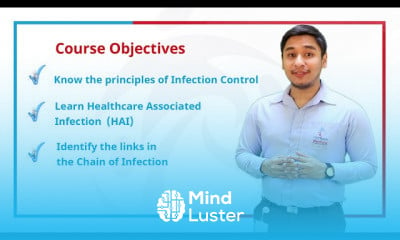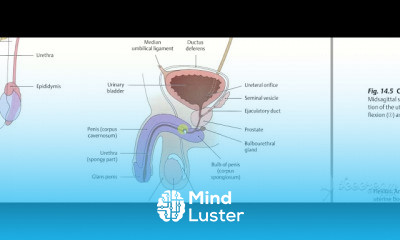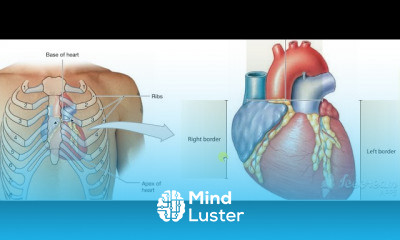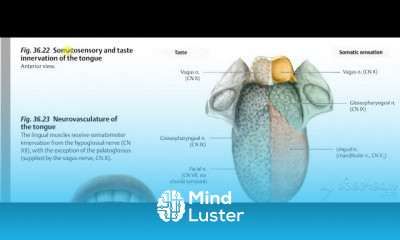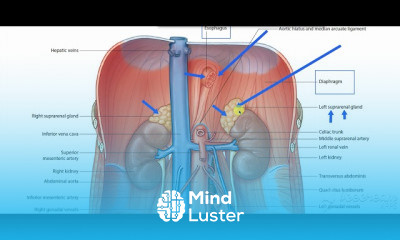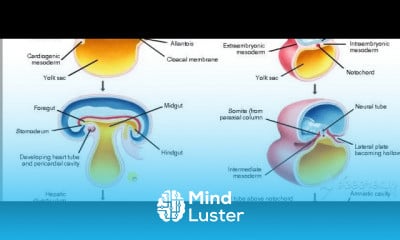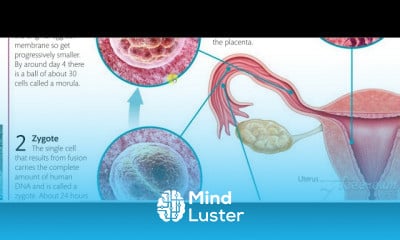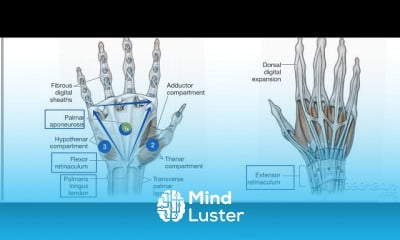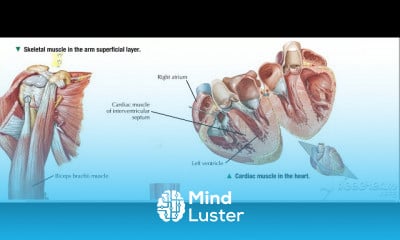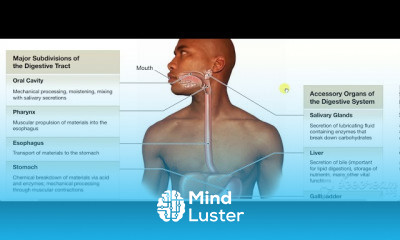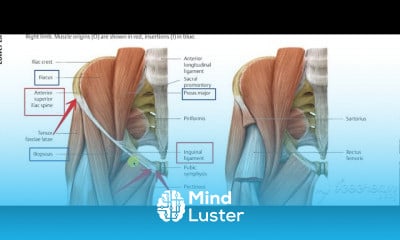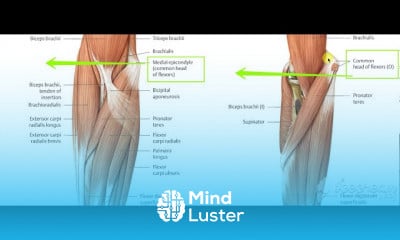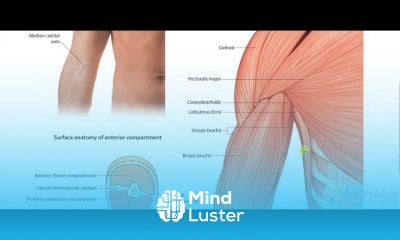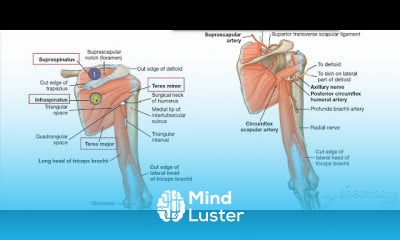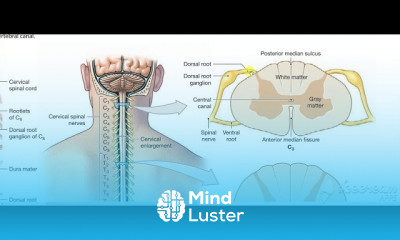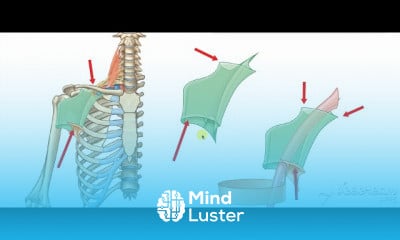12 Infection Control Course | Module 3 Standard Precautions Donning and Doffing of PPE
Share your inquiries now with community members
Click Here
Sign up Now
Lessons List | 19
Lesson
Comments
Related Courses in Medical
Course Description
What is infection control in healthcare?
Infection control prevents or stops the spread of infections in healthcare settings. This site includes an overview of how infections spread, ways to prevent the spread of infections, and more detailed recommendations by type of healthcare setting.What are the 3 methods of infection control?
They include:
hand hygiene and cough etiquette.
the use of personal protective equipment (PPE)
the safe use and disposal of sharps.
routine environmental cleaning.
incorporation of safe practices for handling blood, body fluids and secretions as well as excretions [91].What is infection control and what are your responsibilities?
It means preventing and controlling illnesses that can be spread in the health-care. setting. The purpose of infection prevention and control is to identify and reduce. the risk of infections among patients, employees, medical staff members, contract.What is basic infection control?
These include standard precautions (hand hygiene, PPE, injection safety, environmental cleaning, and respiratory hygiene/cough etiquette) and transmission-based precautions (contact, droplet, and airborne).What are the five basic principles for infection control?
These include standard precautions (hand hygiene, PPE, injection safety, environmental cleaning, and respiratory hygiene/cough etiquette) and transmission-based precautions (contact, droplet, and airborne).How is infection control in hospitals?
Measures of infection control include identifying patients at risk of nosocomial infections, observing hand hygiene, following standard precautions to reduce transmission and strategies to reduce VAP, CR-BSI, CAUTI. Environmental factors and architectural lay out also need to be emphasized upon.
Trends
Graphic design tools for beginners
Web Design for Beginners
Figma for UX UI design
Graphic Design Basics
Customizing type for logos
Advanced Logo design methods
Accounting
Graphic Design | Photoshop
Logo Design
UX design career in 2025
Make money as a freelance designer
Web Design Using HTML CSS
Best zoology books
Accounting Finance course
Financial Accounting
Web design basics
Web Design 101 Free Full Course
Biology
Figma Signing Up and Signing In
Logistics and Supply Chain Management
Recent
Bioinformatics basics
Bioinformatics databases
Vitamin A to Z tablets
Best zoology books
Best cream for piles pain
Laser surgery for piles
Best cream for piles
Anal fissure treatment
Best antibiotics for diseases
Antibodies structure
Macrophage structure
Drosophila genetics
Diagnostic tests
Bioinformatics
Genetics
Gene therapy
Kidney structure
DNA replication and types
Bacterial cell structure
Parasite structure



